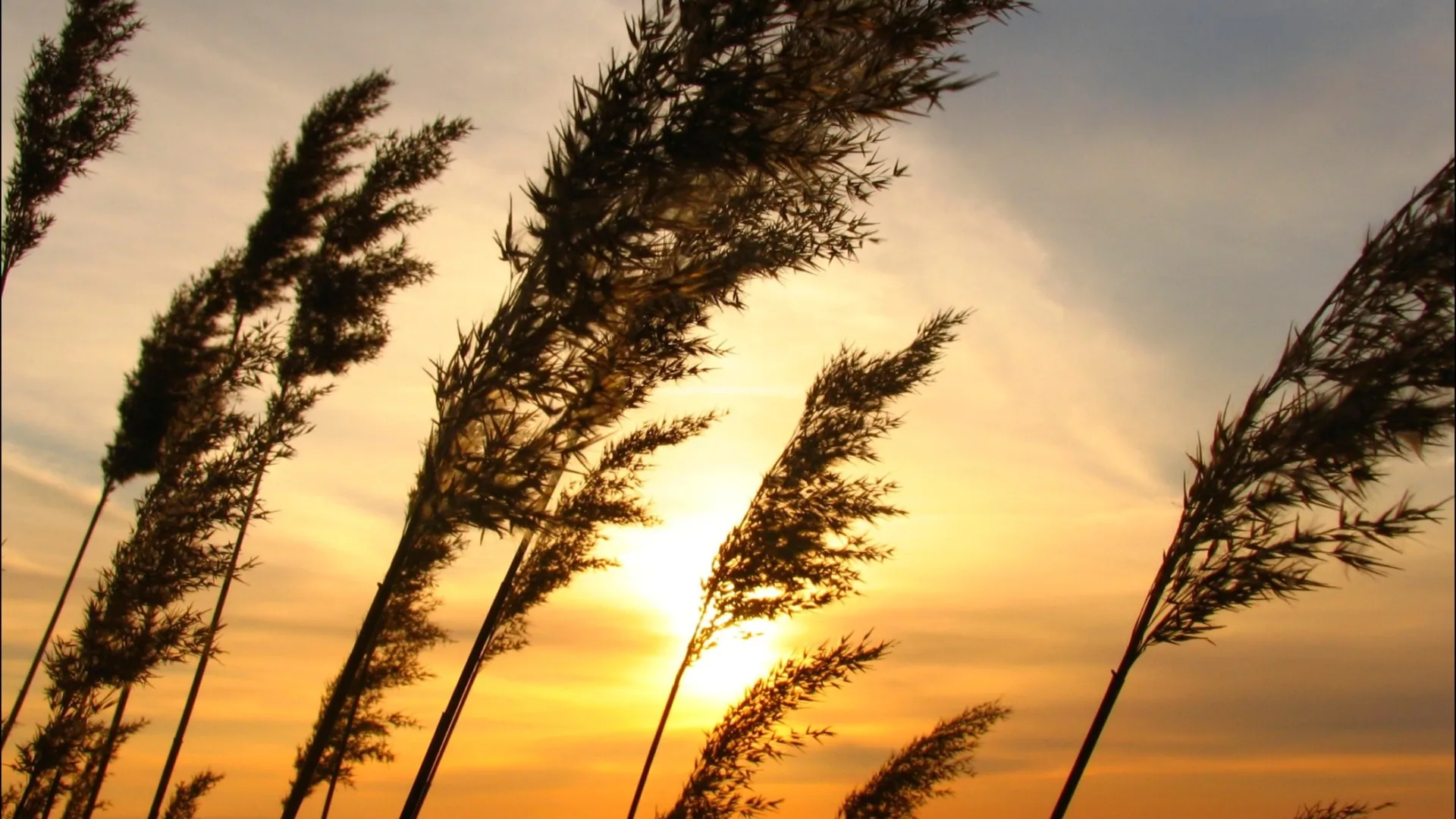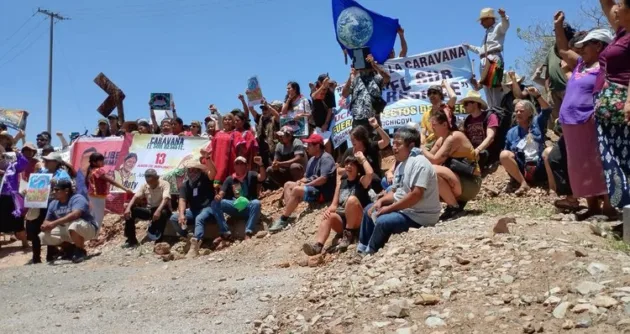The Great Lake may become the 1st recognized ecosystem in the U.S. with rights to exist and flourish
CONTACT:
Tish O’Dell, Ohio Community Organizer
440-552-6774
tish@celdf.org
TOLEDO, OHIO: On Tuesday, December 4, the Toledo City Council voted unanimously to place the proposed Lake Erie Bill of Rights law onto the ballot for a vote in February.
The Lake Erie Bill of Rights is the first proposed law to advance in the U.S. that specifically focuses on a distinct ecosystem, securing the Lake’s rights to exist and flourish.
The Community Environmental Legal Defense Fund (CELDF) assisted Toledoans for Safe Water to draft the Lake Erie Bill of Rights. Beginning in 2006, CELDF has assisted the first communities in the United States, and the first country – Ecuador – to develop rights of nature laws. They are the first such laws in the world.
Lake Erie, one of the five Great Lakes, has suffered from significant pollution, agricultural runoff, and other industrial activities, which have caused severe impacts on water quality and the health of the lake ecosystem.
“The Lake Erie Bill of Rights will be the first law in the U.S. to recognize rights of an ecosystem,” explained CELDF organizer, Tish O’Dell, “it’s refreshing to see an Ohio city leading the way for change instead of staying with the status quo.”
Markie Miller, organizer with the local community group, Toledoans for Safe Water, congratulated the City Council on moving the measure forward, stating, “The people of Toledo came together to propose this law, and we thank the City Council for providing an opportunity for the people to vote.”
Rights of Nature Laws
Today, Ecuador and Bolivia have national laws in place, and Colombia and India courts have recognized rights of rivers and other ecosystems. Local laws have been established in Brazil, and a campaign launched earlier this year to secure rights of the Great Barrier Reef in Australia.
With mounting environmental crises, there is a growing shift toward rights of nature laws, under which human activity must not affect the ability of an ecosystem to exist and thrive.
By contrast, conventional environmental laws authorize the use and exploitation of nature, such as laws which legalize fracking, mining, and drilling. Under these laws, nature is treated as property without even basic rights to existence or well-being.
In its 2016 decision securing rights of the Atrato River, Colombia’s Constitutional Court explained that in light of growing environmental crises, it is necessary to protect the rights of nature, writing that such a change is needed before “it’s too late.”
Ohio Communities Part of Growing Movement
Ohio residents are advancing Community Rights and Rights of Nature as part of the broader Community Rights movement building across the U.S. Local communities and state Community Rights Networks are partnering with CELDF to advance and protect fundamental democratic and environmental rights. They are working with CELDF to establish Community Rights and the Rights of Nature in law, and prohibit fracking, factory farming, water privatization, and other industrial activities as violations of those rights.
Communities are joining together within and across states, working with CELDF to advance systemic change – recognizing our existing system of law and governance as inherently undemocratic and unsustainable. Ohio joins state Community Rights Networks in Oregon, New Hampshire, and Pennsylvania, where residents are advancing Community Rights state constitutional amendments.
Additional Information
For additional information regarding petitioning communities, contact CELDF at info@celdf.org. To learn about the Ohio Community Rights Network, visit ohiocrn.org. To learn about the Community Rights Movement, visit www.celdf.org.
About CELDF — Community Environmental Legal Defense Fund
The Community Environmental Legal Defense Fund is a non-profit, public interest law firm providing free and affordable legal services to communities facing threats to their local environment, local agriculture, local economy, and quality of life. Its mission is to build sustainable communities by assisting people to assert their right to local self-government and the rights of nature.
Featured image: Sea breeze by Mark K, Flickr Creative Commons.
The Great Lake may become the 1st recognized ecosystem in the U.S. with rights to exist and flourish
CONTACT:
Tish O’Dell, Ohio Community Organizer
440-552-6774
tish@celdf.org
TOLEDO, OHIO: On Tuesday, December 4, the Toledo City Council voted unanimously to place the proposed Lake Erie Bill of Rights law onto the ballot for a vote in February.
The Lake Erie Bill of Rights is the first proposed law to advance in the U.S. that specifically focuses on a distinct ecosystem, securing the Lake’s rights to exist and flourish.
The Community Environmental Legal Defense Fund (CELDF) assisted Toledoans for Safe Water to draft the Lake Erie Bill of Rights. Beginning in 2006, CELDF has assisted the first communities in the United States, and the first country – Ecuador – to develop rights of nature laws. They are the first such laws in the world.
Lake Erie, one of the five Great Lakes, has suffered from significant pollution, agricultural runoff, and other industrial activities, which have caused severe impacts on water quality and the health of the lake ecosystem.
“The Lake Erie Bill of Rights will be the first law in the U.S. to recognize rights of an ecosystem,” explained CELDF organizer, Tish O’Dell, “it’s refreshing to see an Ohio city leading the way for change instead of staying with the status quo.”
Markie Miller, organizer with the local community group, Toledoans for Safe Water, congratulated the City Council on moving the measure forward, stating, “The people of Toledo came together to propose this law, and we thank the City Council for providing an opportunity for the people to vote.”
Rights of Nature Laws
Today, Ecuador and Bolivia have national laws in place, and Colombia and India courts have recognized rights of rivers and other ecosystems. Local laws have been established in Brazil, and a campaign launched earlier this year to secure rights of the Great Barrier Reef in Australia.
With mounting environmental crises, there is a growing shift toward rights of nature laws, under which human activity must not affect the ability of an ecosystem to exist and thrive.
By contrast, conventional environmental laws authorize the use and exploitation of nature, such as laws which legalize fracking, mining, and drilling. Under these laws, nature is treated as property without even basic rights to existence or well-being.
In its 2016 decision securing rights of the Atrato River, Colombia’s Constitutional Court explained that in light of growing environmental crises, it is necessary to protect the rights of nature, writing that such a change is needed before “it’s too late.”
Ohio Communities Part of Growing Movement
Ohio residents are advancing Community Rights and Rights of Nature as part of the broader Community Rights movement building across the U.S. Local communities and state Community Rights Networks are partnering with CELDF to advance and protect fundamental democratic and environmental rights. They are working with CELDF to establish Community Rights and the Rights of Nature in law, and prohibit fracking, factory farming, water privatization, and other industrial activities as violations of those rights.
Communities are joining together within and across states, working with CELDF to advance systemic change – recognizing our existing system of law and governance as inherently undemocratic and unsustainable. Ohio joins state Community Rights Networks in Oregon, New Hampshire, and Pennsylvania, where residents are advancing Community Rights state constitutional amendments.
Additional Information
For additional information regarding petitioning communities, contact CELDF at info@celdf.org. To learn about the Ohio Community Rights Network, visit ohiocrn.org. To learn about the Community Rights Movement, visit www.celdf.org.
About CELDF — Community Environmental Legal Defense Fund
The Community Environmental Legal Defense Fund is a non-profit, public interest law firm providing free and affordable legal services to communities facing threats to their local environment, local agriculture, local economy, and quality of life. Its mission is to build sustainable communities by assisting people to assert their right to local self-government and the rights of nature.
Featured image: Sea breeze by Mark K, Flickr Creative Commons.



